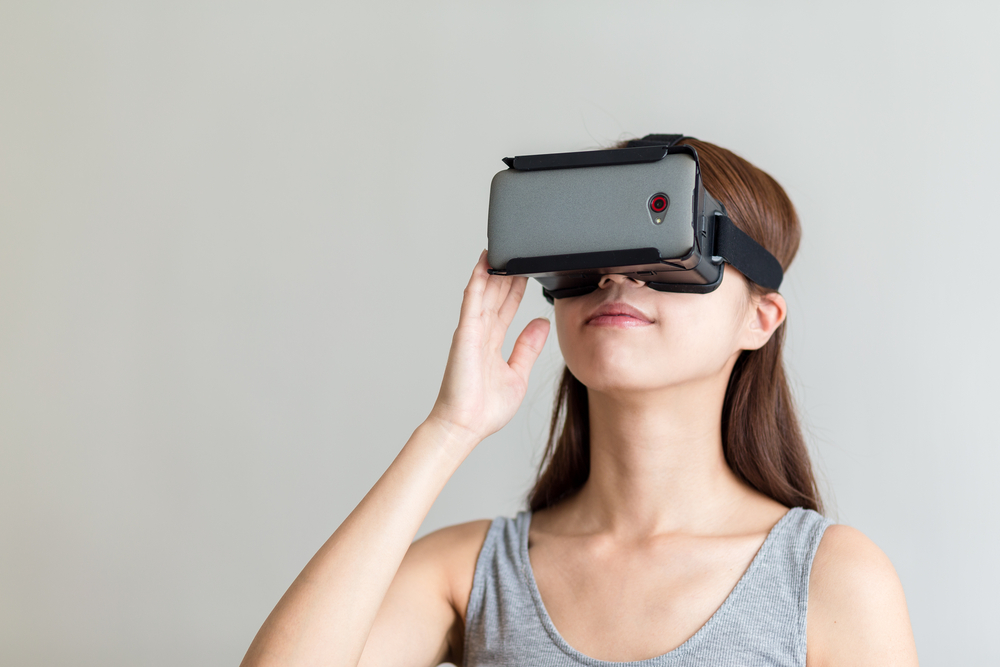
Virtual Reality (VR) technology has come a long way since its inception. From the early days of VR gaming to now, where VR is rapidly gaining acceptance in the workplace, this technology has undergone tremendous transformation. We’ll explore the history of VR and how it's moving into the workplace, different hardware and software implementations, and VR’s use as a marketing and sales tool as well as a project engineering tool by AZO within the bulk ingredient handling industry.
The History of Virtual Reality
The first virtual reality experience can be traced back to the 1960s when Ivan Sutherland, a computer scientist, developed a headset called the "Sword of Damocles." The device was bulky and required users to be tethered to a computer. Since then, VR technology has evolved, and the advancements have brought us to the point where we can now experience fully immersive virtual worlds without the need for cables or wires.
Moving into the Workplace
Virtual reality iso finding a place in the workplace. It has become an essential tool for marketing and sales, allowing potential customers to experience products or services in an immersive environment. It's also a game-changer in project engineering, where it is used to create and visualize designs before they are built. It can save time and money by allowing engineers and designers to create virtual layouts of manufacturing spaces that can be tested and refined before the actual production of equipment begins.
Hardware and Software
The hardware and software used in virtual reality are critical to the quality of the VR experience. The Meta Quest II is one of the most popular VR headsets used in the workplace. This device provides a high-quality VR experience and is untethered, allowing users to move around freely while experiencing the virtual world.
Another essential tool is the Prospect VR model viewer. This software allows users to import 3D models and view them in VR. It's beneficial for architects, engineers, and designers who can view their designs on 1:1 scale, making it easy to spot design flaws or potential problems before the construction process begins.
Lastly, 3D CAD software such as Autodesk Inventor, Navisworks and Revit are widely used in project engineering. They allow users to create and test virtual layouts before production begins. This software enables designers and engineers to be more innovative and creative in their designs.
Use Case - System Layout Design Work
One of the most significant advantages of using VR technology in the workplace is the ability to create a collaborative environment that allows customers to be part of the design process. A great example of this is the use of VR in system layout design work.
Using VR, engineers and designers create virtual models that customers can experience in real time. They can explore and interact with the virtual environment and give feedback on the design. This iterative approach ensures the customer's needs are met while ensuring the design is optimized for maximum efficiency.
The Future of Virtual Reality and AZO
Virtual reality technology is transforming the way we work. From marketing and sales to project engineering, it's a valuable tool that allows us to create virtual worlds that are both immersive and interactive. The hardware and software used in VR play a crucial role in the quality of the experience, and tools such as the Meta Quest II, Prospect VR, and 3D CAD software are vital for achieving success in the workplace.
The use case of system layout design work is a prime example of how VR can create a collaborative environment that leads to better design outcomes and, ultimately, customer satisfaction. VR technology will play an increasingly critical role in the workplace as it evolves, and AZO expects to use it in more system designs and applications in the coming years.


